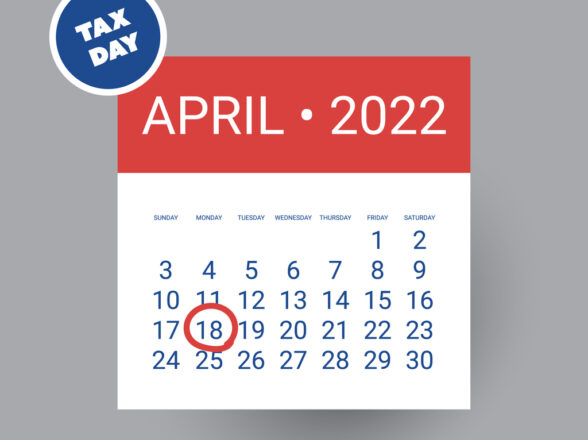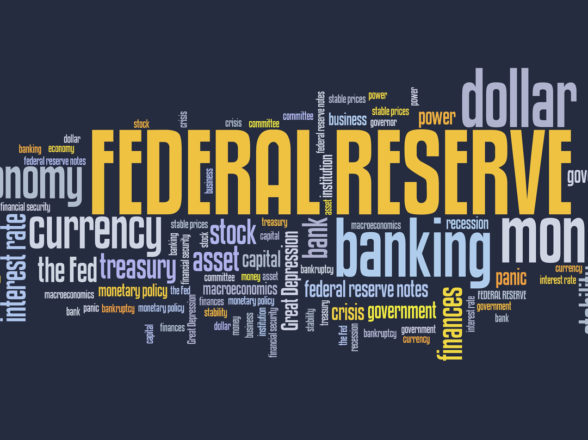Blog
Should I Add Managed Futures to My Portfolio?

When you’re planning your investment strategies for 2023 and beyond, you might as well look into a crystal ball as try to interpret analysts and economist’s predictions. The looming recession that cause so much angst in late 2022 has largely subsided into the “soft landing” that the Fed was aiming for, and the not-seen-in-a-decade interest rate hikes by the Fed have tamped down inflation somewhat—but the unemployment rate is lower than it has been since Neil Armstrong took a stroll on the moon. Things to consider for your portfolio!
Unless your crystal ball told you to go big in energy or short sales, chances are good that your investments took a hard hit in 2022—the Dow was off 9%, the S&P 500 lost 19%, and the growth and tech-focused NASDAQ plummeted 33%, most people’s portfolios were hurt. The broader market entered bear territory in September 2022, and has bounced around that marker ever since.
There’s no official memo that goes out announcing a bear market; on Wall Street it’s generally agreed that a market is in bear territory when it drops 20% from historic highs. Given the wild ride prior to 2020, we all have fond memories of those recent highs—and are ill-equipped to figure out how to ride out the lows.
So again, the question—how should you structure your portfolio when the economy is so uncertain? Conventional wisdom has always held that you should balance 60% in stocks against 40% in bonds for a secure retirement portfolio. Why? Because historically, stocks offer upside potential while bonds are boring but safe, and the two have an inverse relationship—bonds offer a hedge against the volatility of equities.
Well, when you opened your year-end statements, you learned the hard way that conventional wisdom doesn’t always hold true—bonds didn’t hold up all that well in the face of rising rates and out of control inflation, and a falling stock market.
As a reminder, this article is general in nature and not a recommendation to buy or sell securities, or follow any investment strategy. Always consult your own financial advisor before making any investment decisions.
Managed Futures are a Well-Kept Secret
Smart investors are looking to managed futures as a hedge against both stocks and bonds. If you’re unfamiliar with this asset class, start with this—they grew by 17% last year, and have outperformed the rest of the market in all the recent bear markets and recessions. Here’s one example—in the Great Recession, managed futures outpaced stocks and bonds with 14% growth—against a 58% drop.
If you’re worried this is some sort of trendy snake oil, consider this. Managed futures assets under management (AUM) has recently surpassed $348 billion, up from practically zero in the 1980s, when trading non-commodity futures was initiated.
How Managed Futures Work
The first thing to understand about how managed futures is that this asset class is not regulated by the SEC. Rather, the commodity Futures Trading Commission (CFTC) oversees this type of trading through the Commodity Futures Trading Commission Act (CFTA) and commodity trading advisors (CTAs) and commodity pool operators (CPOs).
In the futures industry, CTAs and CPOs work with derivatives, which are extremely time-sensitive, while traditional stocks and bonds have no expiration dates. The CFTC practices strong oversight over these money managers, conducting routine audits and requiring quarterly reports, This regulation has made managed futures more appealing to institutional investors than largely unregulated hedge funds.
Institutional investors made hedge funds popular since they often outperform the Dow or S&P, but the only individuals who typically have access to these funds are high net worth individuals. Even wealthy investors balk at a hedge fund’s standard management fee–2% managers fee plus 20% performance fees when the fund does well. Managed futures have a lower fee structure, so that also makes them more attractive than a hedge fund.
CTAs in the managed futures sector invest in alternative investments, bypassing the conventional stocks, bonds, and cash.
Broadly Speaking, What are Alternative Investments for your Portfolio?
Let’s define alternative investments—instruments that don’t fall into the traditional category. Here are some examples.
- Venture capital
- Private equity
- Hedge funds
- Commodities
- Derivatives
Art, antiques, real estate, and baseball cards are also considered alternative investments, but they lack the liquidity of financial instruments.
For the most part, CTAs trade in financial futures—stock index and interest rate futures, for example. These are the most liquid investments and they have minimal transaction costs, which translates to lower fees for investors. CTAs, like regular brokers, seek to develop a balanced futures portfolio. What does that look like? And what’s the theory behind investment decisions?
Simply put, a CTA has quite a bit of flexibility in their trading markets. Because they can easily move between long and short positions, they can take advantage when the market moves in either direction.
How Do They Contribute to Building a Portfolio?
Warren Buffet once famously said that if you’re not willing to hold a stock for at least ten years, don’t buy it. When you’re investing for retirement, you’re looking at the long term—but this certainly does not make you immune to the inherent volatility of the market. When you put managed futures into the mix, you’re easing some portfolio risk by adding asset classes that aren’t part of direct capital investments—stocks and bonds. And while the correlation is weak, managed futures performance is inversely related to traditional market performance.
What’s the business model for managed futures?
Money managers in the futures trading space go long and short on all kinds of investments—commodities, currencies, stocks, and bonds. They buy options—the most basic sort of derivative—to get the opportunity to buy the underlying asset at a given price. They’re not really buying the asset, but rather betting the price moves in a certain direction. Spreading their capital among the asset types does two things: deploys natural leverage and build an internal hedge against a market crash.
Who advises the CTAs, CPOs, and other money managers? Quantitative analysts—the math geniuses who interpret the data the supercomputers and algorithms spit out—are the rock stars of the modern investment industry. The quants, as they are known on Wall Street, are the best and the brightest minds in the industry—and the most highly paid. Some of the quants are also traders, so they are experts in understanding all the underlying data behind a trade in these highly liquid markets. Quants provide money managers with the research they need to make solid decisions in derivatives trading—finding long positions in growth sectors, and short positions in declining sectors.
Approaches to managed futures investing
Money managers in the managed futures space typically follow one of two investment theories: market neutral or trend-following strategies.
Market-neutral traders don’t believe in the infallibility of spreads and arbitrage, and take advantage of mispricing by taking identical long and short positions in a given asset or industry. No matter if prices go up or down, you win.
Even quants follow the crowd occasionally, implementing a trend-following strategy. CTAs look for opportunity by going either long or short based on current trends, executing the appropriate trade to capture gains. Keep in mind that this is a short-term strategy that buys and sells within one trading day.
What Are Managed Futures As a Subset of Alternative Investments?
Managed futures take the mystery out of the rarified environment of exotic financial instruments and puts it squarely in the hands of qualified individual investors, giving you the key to such esoteric products as currency forward markets, exchange-cleared and regulated futures, and futures options. CTAs can also give you exposure in a broad range of markets—not only commodities and currencies, but energy, agriculture, and healthcare.
One of the hidden advantages to managed futures is that qualified investors can profit from the global economic ebbs and flows that are out of reach for most investors. If the supply chain fiasco in 2021 and 2022 taught us anything, it’s that in a global economy, nothing is in a vacuum. Worldwide, there are many futures exchanges, and within those exchanges, there are hundreds of markets trading every day—and new contracts come on board every day. A broader range of contract options opens investors up to more opportunities in these financial sectors.
- Fixed income
- Currency
- Equity indices
Commodities are goods–resources that manufacturers need to make their products. The primary commodities are agriculture, energy, and metals, but there are thousands of subsets of the big three.
These are included in the agricultural category.
- Cattle, pigs, chickens
- Wheat, soybeans, rice, and other grains
- Cotton
- Lumber
Energy is self-explanatory—it’s crude oil, natural gas, and gasoline. If you want a managed futures investment that directly correlates to the economy, buy long and short on gas.
The metals market used to be limited to precious metals—gold, solver, and platinum. Those are still good investments, but the real money is in the metals needed for technology and innovation—cobalt, copper, lithium, nickel, graphite, and manganese, to name a few.
Recent Portfolio Performance During Bear Markets
Finally, let’s look at managed futures performance against the broader market in recent bear territory. Last year, when stagflation brought the market to a screeching halt, managed futures beat it, a 17% uptick compared to a 28% loss. On average, managed futures have gained 37% in bear markets since 1980, while the stock market has knocked off 23%.
We would enjoy the opportunity to show you how we use managed futures in our portfolios, so please click this link to schedule a personal consultation with our financial advisors: Click Here
This article is general in nature and not a recommendation to buy or sell securities, or follow any investment strategy. Always consult your own financial advisor before making any investment decisions.
























































































